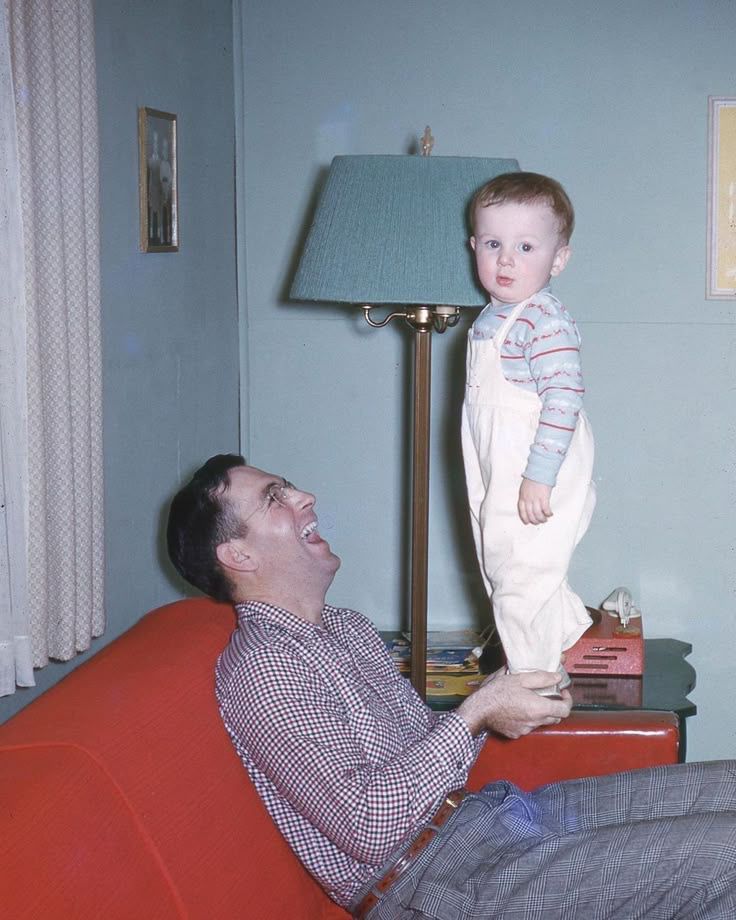
Boundaries are often seen simply as saying “no,” stopping a behavior, or creating distance.
In reality, they are much more than that. A boundary is not merely about setting a rule; it is about providing a safe framework for the relationship, preserving trust, and being able to accompany someone through difficult emotions.
This is where resilience truly comes into play. A person learns to cope with challenging emotions only when they have someone by their side who remains present, attuned, and willing to share the weight of those feelings.
Boundaries Are More Than Just Saying “No”
“I’ve told them so many times, but they still don’t understand” is a familiar frustration in relationships.
Often, this happens because the boundary is set solely in response to behavior, without addressing its emotional context.
A boundary is most effective when it is established within the relationship and in a way that acknowledges the other person’s feelings.
This is just as true in adult relationships: simply saying “I don’t want this” is not enough; we must also express why, while remaining mindful of the emotional impact.
Resilience Grows Through Holding, Not Suppressing
A strong and flexible inner self is not developed by being left alone with painful feelings.
Instead of stepping back with a dismissive “You’ll get over it,” it is far more powerful to say, “I’m here with you; I will stay with you through this.”
In relationships, this approach offers both the safety of the boundary and the reassurance of emotional support.
Resilience flourishes when there is a combination of secure connection and emotional accompaniment.
Positive and Relational Boundaries
Positive boundaries are not about punishment; they exist to protect the relationship and maintain trust.
In this approach, even when we say “no,” the connection remains intact, the reason behind the boundary is explained, and space is made for emotions.
For example:
Saying “You can’t talk to me like that” alone may not be enough.
Instead: “What you’re saying is hurtful to me. When I feel this way, I can’t continue the conversation.” This both sets a clear limit and creates space for emotional expression.
Resilience in Adult Relationships
In romantic partnerships, friendships, and professional settings, boundaries strengthen trust when they protect rather than sever the relationship.
In secure relationships, people can be close and also take healthy distance when needed.
Resilience is not only about standing strong alone; it is about being able to carry difficult emotions together with others.
The presence of someone who says “I’m here” is far more healing than the demand to face hardship alone.
Staying in Touch With Our Own Emotions
Setting boundaries is not only about the other person; it is also about our own emotional process.
How we respond to someone’s anger, how we react to their need for closeness, or why we are uncomfortable with distance; these are often rooted in our own past experiences.
When we can name and understand our own emotions, we are better able to hold space for the emotions of others.
This is the foundation of both personal and relational resilience.
Conclusion: Connection and Boundaries Go Hand in Hand
Setting boundaries is a way to protect trust, respect, and emotional connection within a relationship.
Boundaries that are emotionally attuned, non-cutting, and grounded in safety both nurture the relationship and strengthen resilience.
Because resilience is not only about standing strong. It is about carrying difficult emotions together.




